If you’ve just adopted or are thinking of adopting a Shiba Inu, you may have some questions about training. Are Shibas as difficult to train as people say?
The best methods for training Shiba Inus are positive reinforcement and force-free training techniques. You’ll want to focus heavily on socialization to prevent fearfulness as they grow up.
In this article, we’ll discuss seven Shiba Inu training tips and the best methods you can use to train your dog.
Are Shiba Inus Easy to Train?
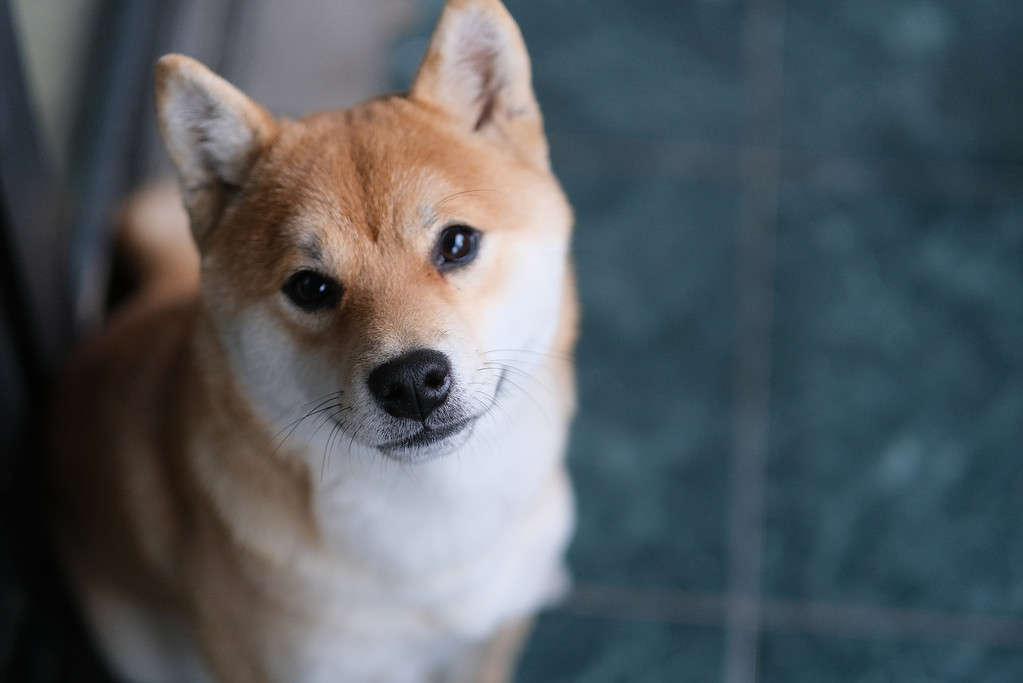
This breed can be difficult to train for people without dog training experience.
©Robert Way/iStock via Getty Images
Shiba Inus are not known for being easy to train. They’re quite stubborn. They also have strong prey drives and guarding instincts.
This can lead to your Shiba being unreliable off-leash–according to the American Kennel Club, most of them cannot ever be allowed off-leash in unenclosed spaces. They might also develop problematic guarding tendencies, such as resource guarding their food or toys.
All of that said, early socialization and training go a long way for a Shiba Inu. So does using the right training methods. Please avoid aversive techniques and tools, and instead focus on positive reinforcement, setting your dog up for success, and force-free training techniques.
7 Shiba Inu Training Tips
#1: Socialize them Early
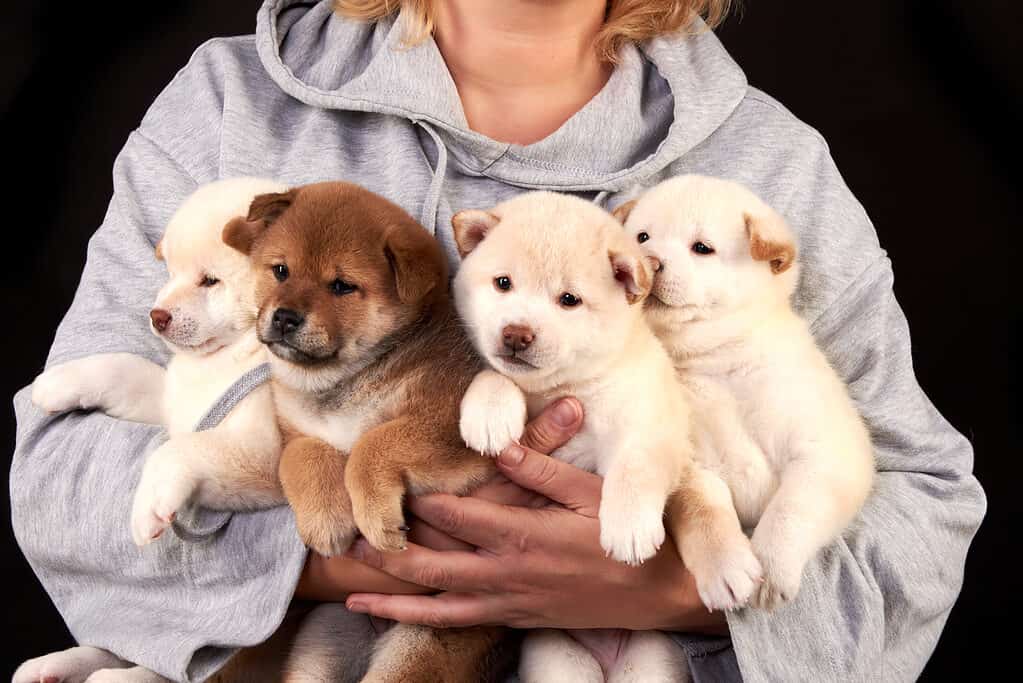
You should begin socializing a new Shiba Inu puppy immediately, but take things slowly and at their pace.
©Akifyeva S/Shutterstock.com
Your Shiba Inu doesn’t need to meet everyone you see on your outings, but they should learn how to behave around a variety of people and animals. Positive experiences while your dog is a puppy will go a long way toward raising a well-behaved adult dog.
You’ll also want to get your Shiba used to handling. This includes being able to touch their paws to clip their nails, open their mouth and brush their teeth, brush their fur, and more. If you, a groomer, or a vet will need to do it in the future, get them used to it now so the experience isn’t so stressful!
#2: Always Set Your Shiba Up for Success
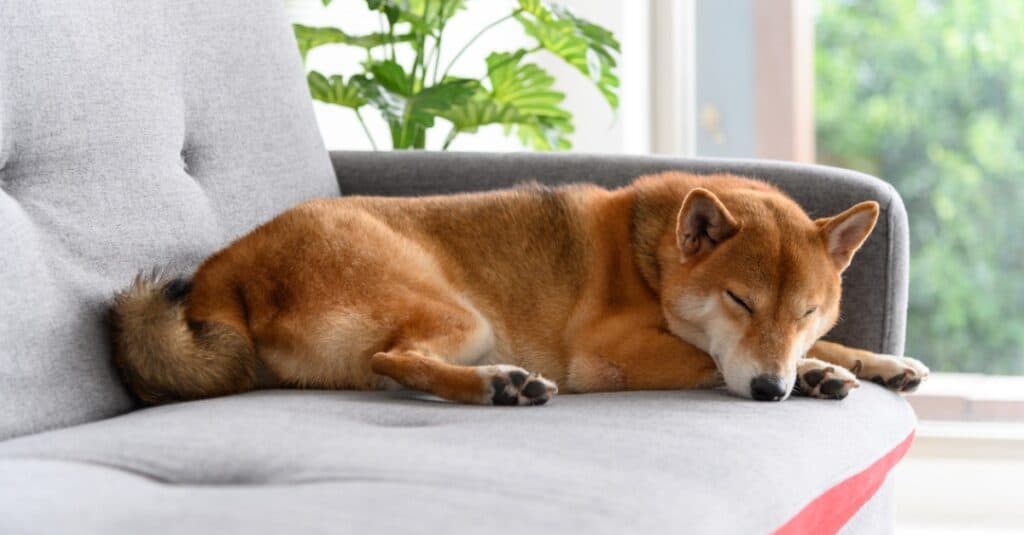
You’ll see the best behavior from your dog when you set them up to succeed.
©iStock.com/Pratchaya
Many misbehaviors in dogs occur because their humans set them up to fail. Here’s an example: Your Shiba walks into the kitchen and there’s some chicken sitting out on the table. It smells great and is just within reach, so they jump up and get it.
This is not a failure on the dog’s part–they’re just being a dog! It takes a lot of restraint not to eat that chicken, and a lot of former training for them to even realize they aren’t meant to eat it in the first place. Dogs don’t generalize well, so with you not in the room, they likely think the counter and chicken are fair game.
Many people will come in scolding their pup, which causes fearful or appeasing body language such as cowering that people interpret as guilt. But really, your Shiba Inu doesn’t know what they’ve done–just that you’re upset and they don’t want you to be. That’s a really scary position for them to be in!
Other examples include not taking your puppy outside often enough while potty training or not supervising them at all times indoors, making dog introductions too quickly and without knowledge of dog body language, and leaving items you don’t want your Shiba to chew within their reach.
It’s often much simpler to change our behavior than to expect our dog’s natural tendencies, like wanting to eat tasty food, to change instead. This is why some dog trainers say that they don’t really train dogs–they train people!
#3: Start with Potty Training and Basic Cues
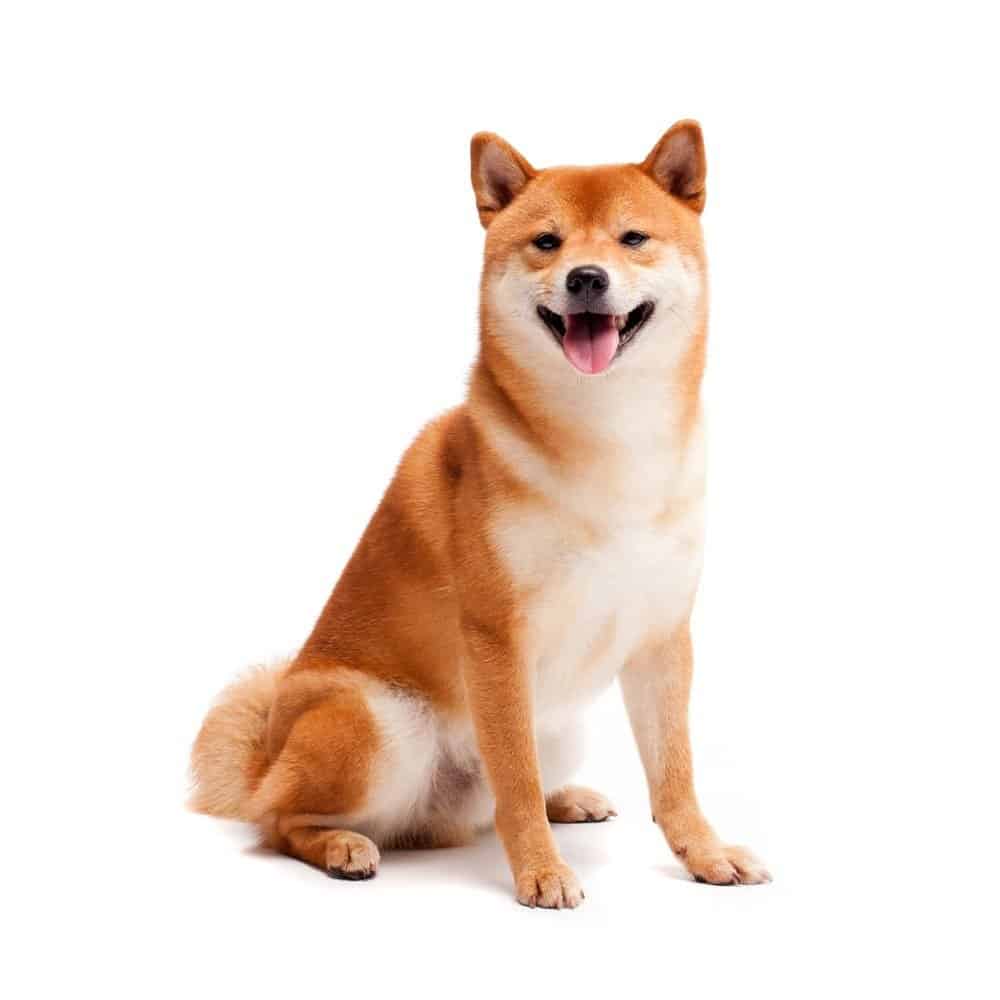
Training your Shiba starts with learning basic cues such as “sit.”
©Irina Vaneeva/Shutterstock.com
When you first bring your Shiba Inu home, it can be an overwhelming time for you both.
They need to get used to their new life, which means being in a new place with new people and sometimes even different rules than what they were previously used to. And you’re thinking of all the things you need to teach them if you’re going to raise a well-behaved adult dog!
Aside from socialization, the things you should focus on first are potty training and basic cues. Take new cues slowly, giving your Shiba Inu time to learn one before piling on more for them to remember.
The basic cues to start with are sit, down, and stay. You can later build off of these cues to teach more complex tricks.
When it comes to potty training, you shouldn’t expect a new puppy to hold their bladder yet–it’s more an issue of taking them out regularly and keeping a constant eye on them. Keep your Shiba Inu near you until they’ve learned not to sneak off to pee in the house.
Bring your puppy outside once every two hours at minimum, and stay outside until they potty. Also take them potty first thing in the morning, last thing before bed, and after eating, drinking, or playing.
#4: Focus on Safety Cues

Recall is difficult for Shiba Inus, so you might need to keep them on a leash or behind a fence at all times.
©Chendongshan/Shutterstock.com
Safety cues are just what they sound like–cues that keep your dog safe. These include:
- Leave it to ignore things such as animal poop on your walks, that onion you dropped on the kitchen floor, or even that squirrel running up the tree ahead.
- Drop it for when your Shiba Inu already has something in their mouth that they shouldn’t.
- Place can be a safety cue if you teach your Shiba Inu to go to their “place” (often a dog bed) before opening the front door, for instance. Similarly, wait can be used to stop them from bolting out the door when you open it.
- Recall teaches your dog to come back to you. This is especially important for Shibas to practice due to their high prey drives. But remember never to let them off-leash in unenclosed spaces unless their recall is perfect. (It’s okay if your Shiba Inu never gets to this point–it’s difficult to train reliable recall in this breed!)
#5: How to Prevent Puppies from Biting

Never punish your puppy for biting, but instead work to mitigate the behavior.
©jussi_fruit/Shutterstock.com
There are three methods to prevent your Shiba Inu puppy from biting. First, watch for signs that they’re getting too excited and stop playing before biting happens or redirect their mouth to a toy.
If your puppy does bite, calmly get up and walk away. Ignore them for a couple of minutes so they realize that when biting starts, playtime ends.
Or, you can instead redirect their biting of hands or feet to toys so that they learn what’s appropriate to bite, and what isn’t.
Stay consistent and follow one of these methods every time your puppy bites. It may be tedious at first, but they’ll eventually catch on to the rules.
#6: Preventing Resource Guarding
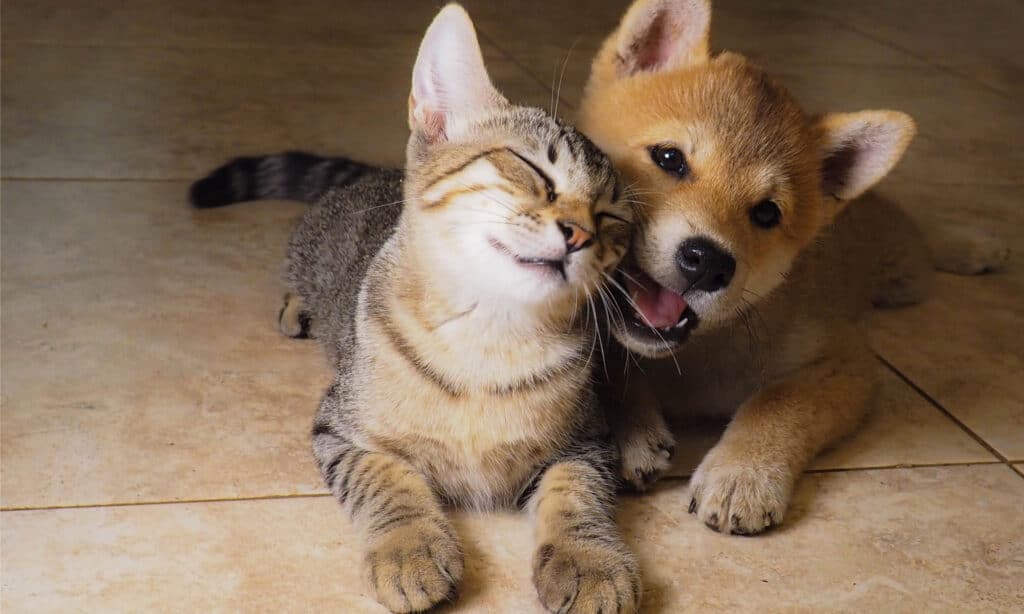
Keeping other pets away from your Shiba Inu while they eat is a great way to prevent resource guarding.
©iStock.com/iness_ikebana
There are a few ways to prevent resource guarding, but the primary thing you want to remember is to give yourself the reputation of giving, and not taking, things from your dog.
Tossing treats to your puppy as they eat is a great way to teach this. You can also teach them to trade low-value items, such as toys, for high-value items like their favorite treats.
It’s good to give traded items back to your dog as well, when possible. This teaches them that even if you do take something away, it’s not always permanent!
Teach leave it and drop it cues rather than prying things out of your dog’s mouth, and have treats on hand to trade for any forbidden objects.
Never stick your hand into their bowl or take their food in the middle of a meal as these methods can cause or worsen resource guarding. Keep children and other pets away from your Shiba Inu as they eat.
If your Shiba Inu bites, please consult a professional force-free or positive reinforcement dog trainer or behaviorist for help. Avoid trainers who use aversive methods or tools, as this can worsen the behavior.
#7: Exercise and Mental Enrichment are Crucial

Without enough exercise, your Shiba Inu is almost bound to misbehave.
©Trybex/Shutterstock.com
Lastly, please make sure your Shiba Inu is getting enough exercise and mental enrichment. If these needs aren’t met, you’re often going to see problematic behaviors such as excessive barking or destructive chewing.
Lack of exercise or mental stimulation can create boredom or anxiety, both of which can make a dog misbehave. If your Shiba Inu isn’t getting at least one long walk a day and plenty of mental enrichment, start there as it’s likely to be the root cause of their misbehavior.
The photo featured at the top of this post is © Irina Nedikova/Shutterstock.com
Ready to discover the top 10 cutest dog breeds in the entire world?
How about the fastest dogs, the largest dogs and those that are -- quite frankly -- just the kindest dogs on the planet? Each day, AZ Animals sends out lists just like this to our thousands of email subscribers. And the best part? It's FREE. Join today by entering your email below.
Thank you for reading! Have some feedback for us? Contact the AZ Animals editorial team.






